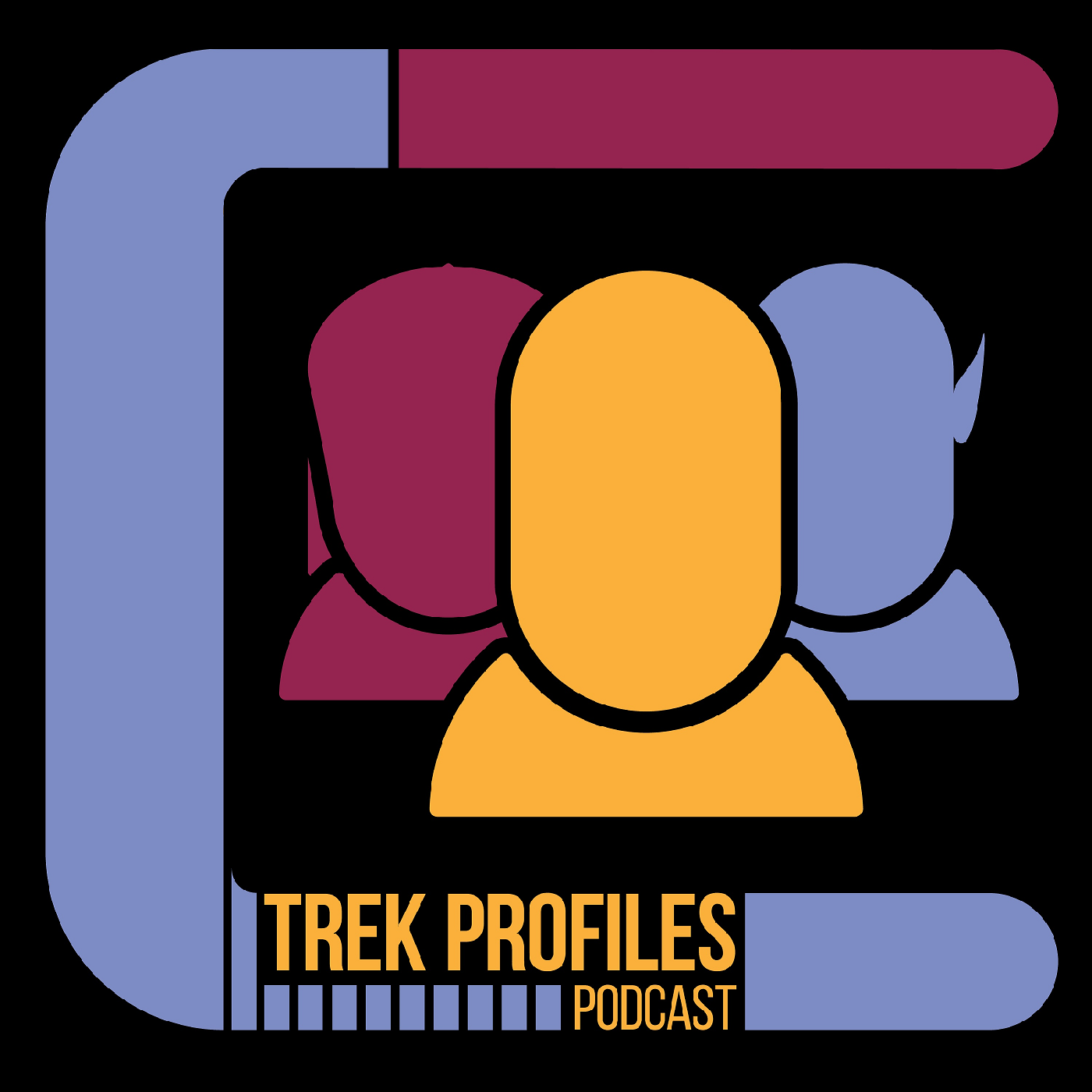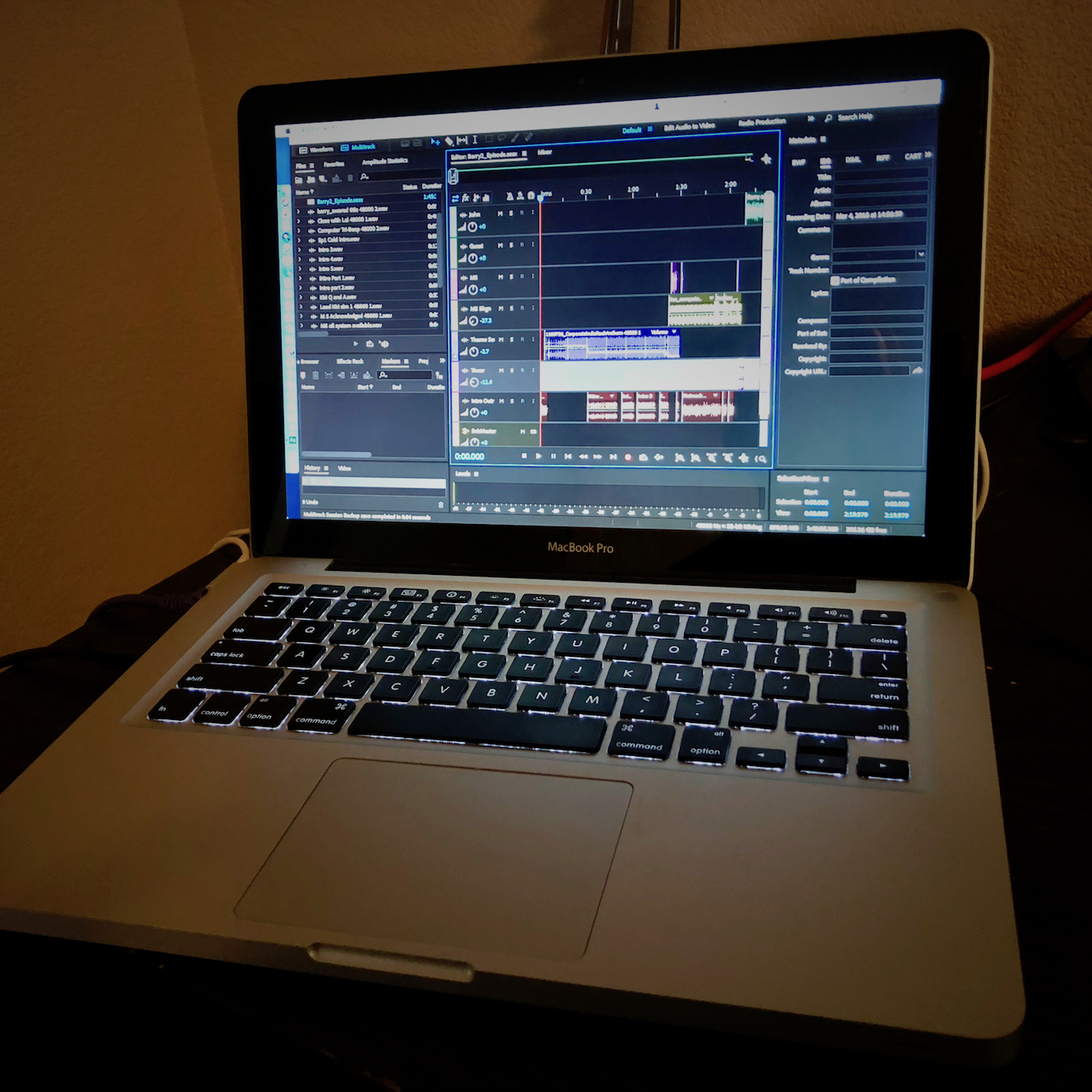Since more than one person asked me about this already, I thought I would type up a response and put it here in case anyone else has a desire to find out how I’m making the podcast.
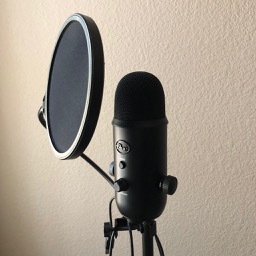
For a mic, I’m using a Blue Yeti, midnight-black edition with a generic pop filter on a stand-up tripod. I like to do my recording while standing. I think it helps by activating core muscles and hopefully results in clearer thinking. The Blue Yeti runs in cardioid mode. I usually have it pitched at a 45-degree angle, so I can see over it without too much trouble.
I also have a lousy music stand; it’s the cheapest one I could find. This holds all my notes and such while recording.
Over-the-ear monitors are important, so I use Audio Technica ATH-M30s. I have my guest piped into here. But I don’t monitor myself during recording.
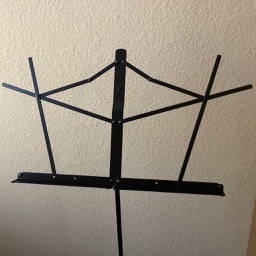
For recording, I use a Zoom account, which can provide separate audio tracks for myself and the guest. This is very helpful for cutting out background noises and such. If I hear myself putting my water glass down while my guest is speaking, I can silence my track for a second and leave the guest untouched. The only downside to multi-track recording like this is that you can make a mistake while editing and lose sync between tracks. There are ways around this, but it is possible to do. Zoom is a bit limited in the audio quality that you can get out of it, so I’m considering Ringr. If I switch, I’ll post about it.
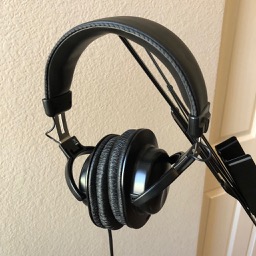
After recording I back everything up three different ways. I’m rather paranoid about that. The untouched originals go into two places and the version I will edit goes into a third.
My hardware is a MacBook Pro, 13-inch, Mid 2010 model with a 2.66 GHz Core 2 Duo. I put in a 1TB SSD and I also upgraded the RAM to 4GB. This machine is running macOS High Sierra, currently at version 10.13.3. It’s not the fastest machine, obviously, but it records everything just fine. The only times I notice issues such as delays is when doing mixdowns or running processes through my editing software which is…
The latest edition of Adobe Audition. I’d already been using Adobe Audition for years, so it was a natural choice for me. While it really is overkill for just an audio podcast, it does have everything I could ever want with one annoying exception.
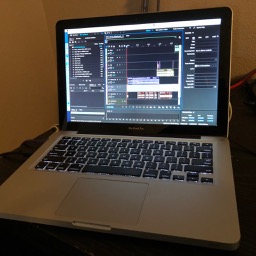
After importing the tracks, I do a noise reduction on each isolated audio track. I also use the DeEss process and then do some compression. The built-in Dynamics compressor in Audition has some good defaults for this. I normalize it and then we are all set! Running these processes is where my MacBook shows its age.
The one thing I cannot do in Audition is add album art, but it does support text tags. So I’ll bring my finished mp3 file into Fission on the Mac and polish up all the tags there, including the album art before it gets published.
And that’s pretty much it!
